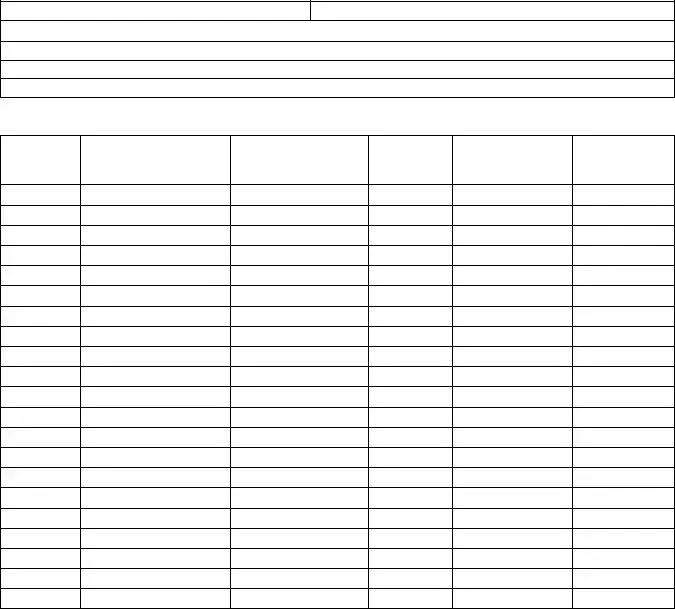This form is designed to maintain accurate records of controlled substances as required by law. It ensures compliance with both state and federal regulations, facilitating the monitoring and control of these substances to prevent misuse and illegal distribution. The completion of this inventory supports the efforts in combating drug abuse and diversion.
The inventory must be performed annually between April 1 and June 30. After completion, the form should promptly be mailed to the State of Michigan, Bureau of Health Professions - Health and Regulatory Division, at the provided address. It's critical to meet this timeframe to ensure compliance with regulatory requirements.
Is a separate inventory required for each registered location?
Yes, if you have controlled substances at more than one registered location, a separate annual inventory must be completed for each location. This approach helps in maintaining specific, accurate records for each location, which is essential for regulatory compliance and effective monitoring.
The completed inventory form should be mailed to the State of Michigan, Bureau of Health Professions - Health and Regulatory Division, at the address: Annual Inventory, 6546 Mercantile Way, Suite 2, P.O. Box 30454, Lansing, MI 48909. This ensures that your inventory records are properly filed with the state authorities.
A signed and completed copy of the form must be retained at the licensed location. Keeping this record ensures your facility has documented evidence of compliance with inventory requirements, available for review in the case of an inspection by regulatory authorities.
Yes, the completed form can also fulfill the requirements for the biennial inventory necessary under Drug Enforcement Administration (DEA) regulations, as long as it is properly filled out and retained. This dual-purpose nature streamlines the process, reducing paperwork and ensuring adherence to both state and federal guidelines.
The form requires detailed information for each controlled substance, including:
-
DEA Schedule
-
Name of the controlled substance
-
Container type (e.g., vial, syringe, patch)
-
Container quantity
-
Container volume
-
Concentration of the substance
This detailed record-keeping is vital for maintaining control over the storage and use of controlled substances.
How should Schedule I and II controlled substances be recorded?
Schedule I and II controlled substances must be separated from all other substances or placed on a separate form. This requirement reflects the higher potential for abuse and stricter regulatory controls associated with these substances, ensuring they receive the appropriate level of scrutiny.
Who must sign and witness the inventory?
The inventory must be both performed and witnessed by authorized individuals. These individual's printed names and signatures must be included on the form. This dual verification process adds an additional layer of oversight, aimed at enhancing the accuracy and reliability of the inventory records.
